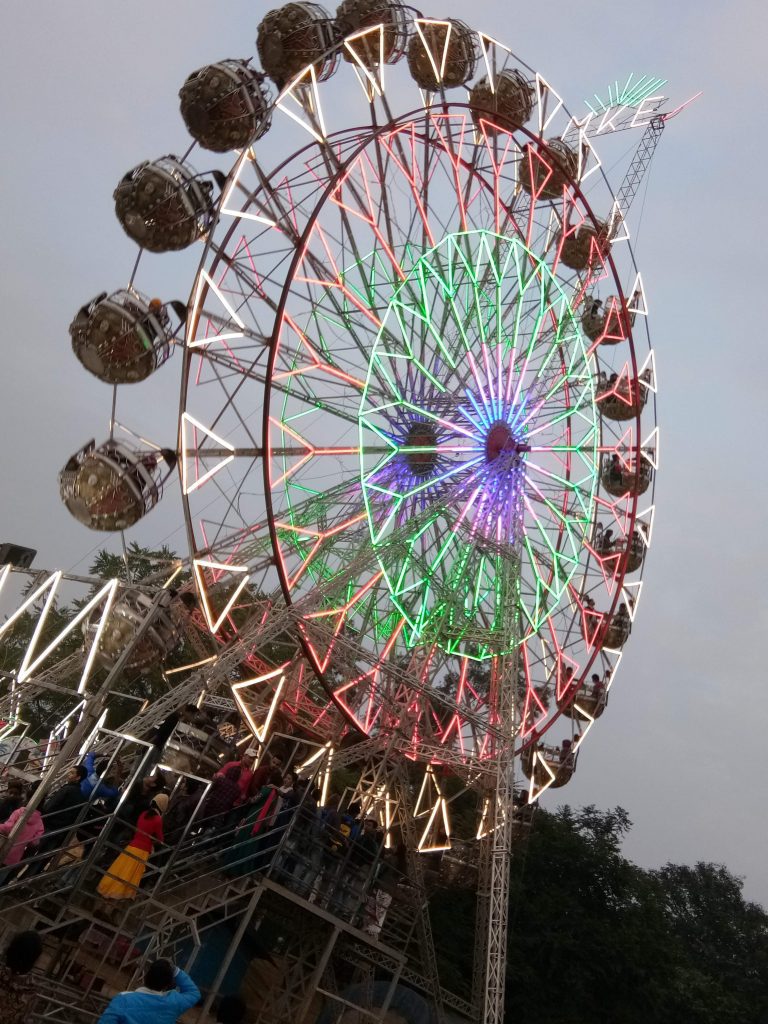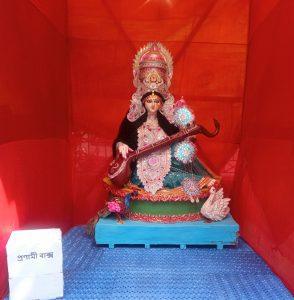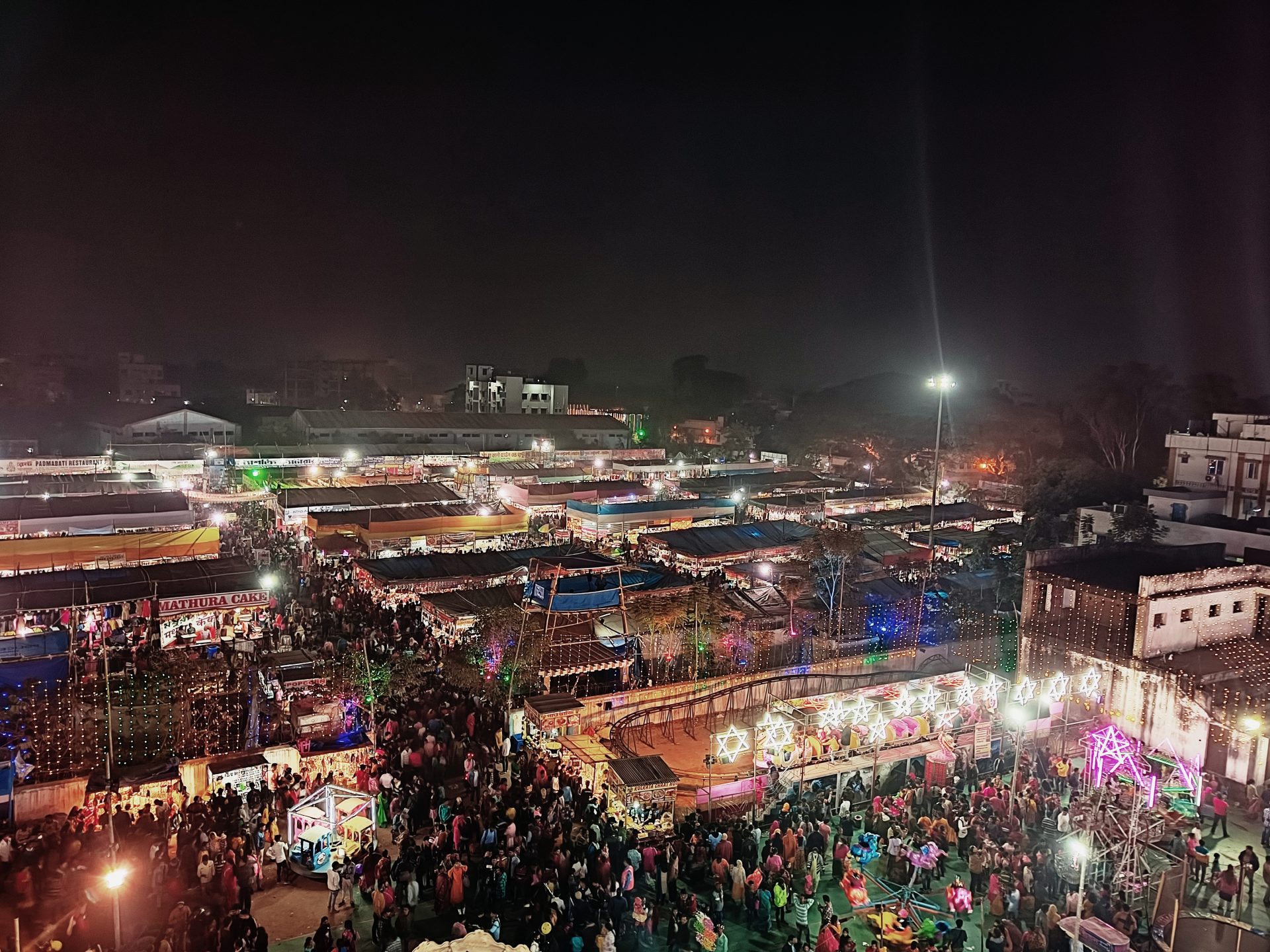Welcome to Santiniketan, the birthplace of Nobel Laureate Rabindranath Tagore, where nature and culture harmoniously converge. This small town in India has garnered a reputation for its vibrant festivals, attracting people from all corners of the country and beyond. Immerse yourself in the spirit of Santiniketan as we explore the captivating festivals that celebrate art, culture, and life. From the joyous Basant Utsav to the revered Rabindra Jayanti, let us take you on a journey that will leave you mesmerized by the beauty of Santiniketan’s cultural heritage.
Basant Utsav: A Symphony of Colors and Melodies
A. History and Significance
Basant Utsav, also known as the Spring Festival, is a prominent celebration in Santiniketan. Inspired by the ancient Indian festival of Holi, Rabindranath Tagore introduced Basant Utsav to commemorate the arrival of spring and the blossoming of nature. This festival intertwines the traditional elements of Holi with the poetic charm of Tagore’s songs, dances, and plays.
B. Celebrations and Attractions
Basant Utsav takes place on the day of Holi, usually in March, where the students and staff of Visva-Bharati University, founded by Rabindranath Tagore, participate with immense enthusiasm. Adorned in vibrant yellow outfits, they sing, dance, and perform Tagore’s compositions, symbolizing the blooming of flowers and the rejuvenation of life. Following the cultural programs, participants and visitors engage in the traditional Holi festivities, playfully smearing each other with colorful powders and water. The combination of joyous celebrations, soulful music, and the picturesque surroundings of Santiniketan creates an unforgettable experience at Basant Utsav.
Poush Mela: A Cultural Extravaganza
A. History and Significance
Poush Mela is an annual fair held in Santiniketan during the Bengali month of Poush, typically falling in December. It originated from the vision of Maharshi Debendranath Tagore, Rabindranath Tagore’s father, as a way to commemorate the establishment of the Brahmo Samaj in Santiniketan. Over time, Poush Mela has evolved into a significant cultural event, showcasing the region’s art, crafts, music, and dance.

B. Celebrations and Attractions
Lasting three days, Poush Mela attracts thousands of visitors from across the globe. The festivities commence with melodious renditions of Tagore’s songs and prayers, followed by a diverse range of cultural programs. Local artisans and craftsmen proudly display their creations, spanning from pottery, textiles, and handicrafts to paintings and sculptures. Attendees can also indulge in traditional Bengali delicacies, revel in live music, and witness captivating dance performances by renowned artists. Poush Mela offers a sensory feast that truly captures the essence of Santiniketan’s cultural heritage.
Nandan Mela: Celebrating Artistic Expression
A. History and Significance
Nandan Mela, held every November or December, is a celebration of art and creativity in Santiniketan. Established by Ramkinkar Baij, a pioneering Indian sculptor and painter, the festival aims to promote and support young artists by providing them with a platform to showcase their talent. The proceeds from the sale of artworks during Nandan Mela are used to fund the Nandan Art Gallery, a prominent art institution in Santiniketan.
B. Celebrations and Attractions
Spanning two days, Nandan Mela attracts artists, art enthusiasts, and tourists from around the world. The festival boasts a diverse range of art forms, including painting, sculpture, printmaking, and photography. Young artists from Visva-Bharati University and other art institutions actively participate in the event, exhibiting their creations at affordable prices. In addition to the art exhibitions, Nandan Mela also offers cultural programs, workshops, and interactive sessions, enabling visitors to engage with artists and immerse themselves in various art forms. This festival provides a unique opportunity to witness the vibrant artistic community of Santiniketan and acquire original artworks at reasonable prices.
Briksharopan and Halakarshan: Celebrating Nature and Agriculture
A. History and Significance
Briksharopan (tree planting) and Halakarshan (ploughing ceremony) are two agricultural festivals celebrated in Santiniketan, reflecting the town’s deep connection with nature and the environment. Rabindranath Tagore introduced these festivals to instill a sense of responsibility towards the environment and promote sustainable living among the students and residents of Santiniketan.
B. Celebrations and Attractions
Briksharopan is celebrated on the 22nd day of the Bengali month of Shravan, typically in July or August. On this day, students, staff, and local residents come together for a tree-planting ceremony, emphasizing the importance of afforestation and conserving the natural environment.
Halakarshan, on the other hand, takes place on the 1st day of the Bengali month of Bhadra, usually in August. This festival marks the beginning of the agricultural season and is celebrated with a ceremonial ploughing. Students, teachers, and local farmers unite to plough the fields, highlighting the significance of agriculture and the rural way of life. Both Briksharopan and Halakarshan serve as reminders of the harmonious relationship between humans and nature, a core principle that Rabindranath Tagore sought to promote through the establishment of Santiniketan.
Rabindra Jayanti: Honoring the Legacy of a Visionary
A. History and Significance
Rabindra Jayanti is an annual event celebrated to commemorate the birth anniversary of Rabindranath Tagore, the founder of Visva-Bharati University and the first non-European Nobel Prize laureate in Literature. Tagore’s immense contribution to Indian literature, music, and art makes Rabindra Jayanti an integral part of Santiniketan’s cultural calendar.
B. Celebrations and Attractions
Rabindra Jayanti takes place on the 25th day of the Bengali month of Boishakh, typically falling in May. The day commences with a morning procession, during which students and teachers of Visva-Bharati University walk through the streets of Santiniketan, singing Tagore’s songs and reciting his poems. The university campus buzzes with various cultural programs, including plays, dance performances, and music recitals.
Visitors are invited to explore the various attractions of Santiniketan, such as the Uttarayan Complex, which houses Tagore’s residence, the Rabindra Bhavan Museum, and the Sangeet Bhavan. Rabindra Jayanti provides an excellent opportunity to delve into the life and works of this legendary figure, immersing oneself in the unique cultural ambiance of Santiniketan.
Holi Utsav: The Colorful Extravaganza
Holi Utsav stands as one of the most celebrated festivals in Santiniketan. Every year, both locals and visitors come together to revel in this vibrant festival of colors. The festivities involve singing traditional Bengali songs, playing musical instruments, and dancing in a joyous atmosphere. People apply colors to each other’s faces and dress up in festive traditional attire to mark the occasion. The entire campus becomes illuminated with lights and decorations, creating a mesmerizing fairytale-like ambiance.
Guests are treated to a delightful array of snacks, including gujiya, jalebis, kachoris, and phuchka. One of the most enchanting sights is families gathering around bonfires, symbolizing the triumph of good over evil. As night falls, the sky comes alive with the brilliance of fireworks, adding a magical touch to the festivities. Holi Utsav at Santiniketan offers a unique experience, allowing people to immerse themselves in the spirit of joy and celebration while embracing the rich cultural heritage of the town.
Frequently Asked Questions
What Is the History Behind the Festivals at Santiniketan?
The history behind the festivals at Santiniketan dates back to the 19th century when it was founded by Rabindranath Tagore. Tagore believed that through celebrating festivals and engaging in cultural activities, people could come together in harmony and peace. Over time, these festivals have evolved while maintaining the core value of uniting people from all walks of life in a spirit of celebration.

Who Are the Main Organizers of the Festivals?
The main organizers and promoters of the festivals at Santiniketan are Visva-Bharati University. Established by Rabindranath Tagore in 1921, Visva-Bharati University has been organizing festivals at Santiniketan since its inception, including Basant Utsav and Poush Mela. Other organizations such as Shilpgram also contribute to the organization of these festivals.
What Is the Best Time of Year to Visit Santiniketan for the Festivals?
The best time of year to visit Santiniketan for the festivals is during the spring months when the most popular festivals like Basant Utsav and Poush Mela take place. These festivals are celebrated with great fervor, attracting crowds from all over India and beyond. The vibrant atmosphere and cultural activities make it an ideal time to immerse oneself in the festivities and experience the unique charm of Santiniketan.
Are There Any Cultural Activities Associated with the Festivals?
Yes, there is a wide range of cultural activities associated with the festivals at Santiniketan. These activities encompass traditional dance and music performances, workshops on local art forms, and engaging talks by experts on the culture and history of the region. Visitors can participate in interactive sessions that include storytelling, folk singing, and craft making. Additionally, there are book readings, debates, film screenings, and more to enjoy during these festivities.
Are There Any Special Foods Served During the Festivals?
Absolutely! The festivals at Santiniketan offer a delectable array of special foods. From traditional Bengali dishes like flavorful pulaos and fish curries to an assortment of snacks and desserts, the culinary delights are sure to tantalize your taste buds. Indulge in popular sweets such as roshogolla and sandesh. Local restaurants also prepare special thalis with a selection of regional delicacies, allowing you to savor the authentic flavors of Santiniketan.
Conclusion
The festivals at Santiniketan serve as a testament to the town’s rich cultural heritage and the enduring legacy of Rabindranath Tagore. These festivals celebrate art, culture, and life, transcending barriers of caste, religion, and nationality. By visiting Santiniketan during these festivals, you have a unique opportunity to experience the vibrant artistic and cultural spirit of the town, immerse yourself in the timeless works of Tagore, and connect with the ideals of love, harmony, and unity that continue to shape this remarkable community.

